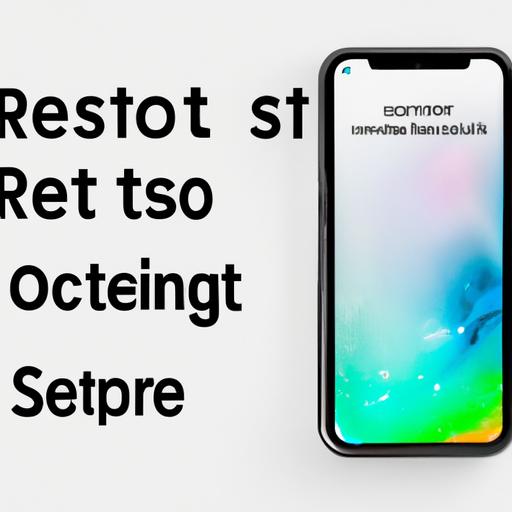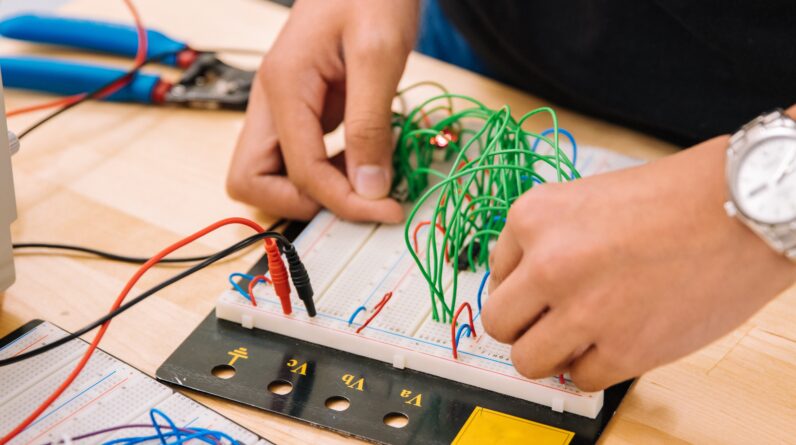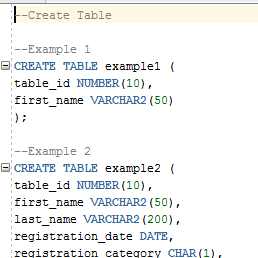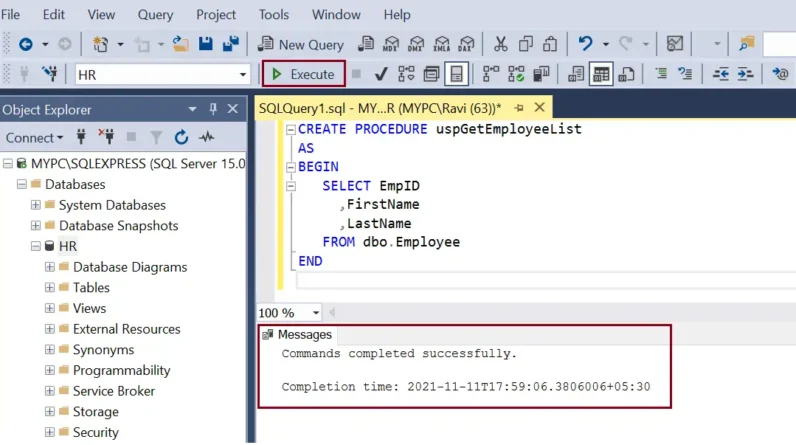
Hey there! Have you ever found yourself in a situation where your iPhone just won’t cooperate? Maybe it’s frozen or acting sluggish, and you’re not quite sure what to do. Well, don’t worry, because in this article, we’re going to show you how to restart your iPhone and get it back to its normal, speedy self. Trust us, it’s easier than you might think!
If you’re curious about the different methods you can use to restart your iPhone, you’re in the right place. We’ll walk you through the steps for both a soft restart and a hard restart, and explain when you might need to use each option. Additionally, we’ll give you some troubleshooting tips in case your iPhone still isn’t behaving properly after restarting. So if you’re ready to become an iPhone restart expert, keep reading and get ready to fix any hiccup your device throws your way!
Table of Contents
How to Restart an iPhone

Understanding the Need to Restart an iPhone
The iPhone has become an integral part of our daily lives, serving as our communication device, entertainment hub, and personal assistant. However, like any electronic device, it can encounter issues from time to time. These issues may range from minor glitches to more serious problems that require a restart.
Common issues that may require a restart
There are several common issues that may necessitate restarting your iPhone. These include:
- Slow or laggy performance: If your iPhone is taking longer than usual to respond or is experiencing a general slowdown, a restart can help refresh the system and improve its performance.
- App crashes: Occasionally, certain apps may freeze or crash, hindering your ability to use them. Restarting your iPhone can often resolve these issues.
- Battery drain: If you notice that your battery is draining faster than usual, restarting your iPhone can help close any background processes that may be consuming excessive power.
- Network connectivity problems: If you’re experiencing issues with your cellular network or Wi-Fi connection, a restart may help restore connectivity by refreshing your device’s network settings.
Why restarting an iPhone is beneficial
Restarting your iPhone can provide a range of benefits, including:
- Clearing temporary cache and memory: Over time, the iPhone’s memory can become cluttered with temporary files and cached data, which can lead to performance issues. Restarting your device clears this cache, allowing it to function more efficiently.
- Closing background processes: When you use an app on your iPhone, it continues to run in the background even after you exit it. Restarting your device shuts down these background processes, freeing up system resources and potentially resolving any issues they may be causing.
- Resetting network settings: If you’re experiencing connectivity issues, restarting your iPhone can reset its network settings, which can often help resolve the problem.
- Applying system updates: Restarting your iPhone ensures that any system updates or software fixes that have been downloaded are properly installed and applied.
Different Methods to Restart an iPhone
There are several methods to restart an iPhone, each suitable for different situations. Let’s explore these methods in detail.
Soft Restart
A soft restart, also known as a regular restart, is the simplest way to restart your iPhone. It involves turning the device off and then back on again using the power button.
Step-by-step guide to performing a soft restart:
- Press and hold the power button, typically located on the right side or top of your iPhone.
- After a few seconds, you will see a slider appear on the screen. Slide it from left to right to power off your device.
- Wait for your iPhone to completely turn off.
- Once your iPhone is off, press and hold the power button again until the Apple logo appears on the screen.
- Release the power button and wait for your iPhone to finish restarting.
Tips for resolving minor issues with a soft restart:
- Ensure that you have a stable Wi-Fi or cellular connection before performing a soft restart.
- If your iPhone is running low on battery, it’s recommended to connect it to a charger before initiating a restart.
- Remove any external accessories or peripherals, such as headphones or Bluetooth devices, before restarting your iPhone.
Hard Restart
A hard restart, also known as a force restart or hard reset, is a more comprehensive method that can be used when a soft restart fails to address an issue. It forcibly restarts your iPhone by abruptly cutting off power and turning it back on.
Step-by-step guide to performing a hard restart:
- On an iPhone 8 or later: Quickly press and release the volume up button, then quickly press and release the volume down button. Finally, press and hold the power button until the Apple logo appears on the screen.
- On an iPhone 7 or 7 Plus: Press and hold the power button and volume down button simultaneously until the Apple logo appears on the screen.
- On an iPhone 6s or earlier: Press and hold the power button and home button simultaneously until the Apple logo appears on the screen.
When and why to use a hard restart instead of a soft restart:
A hard restart should only be used when a soft restart fails to address an issue, or when your iPhone becomes unresponsive or frozen. It can help resolve more stubborn issues, such as app crashes or unresponsiveness, by forcing a complete restart of the device.
Forced Restart
A forced restart, also known as a recovery mode restart, is a more advanced method that can be used in extreme situations when your iPhone is experiencing severe problems, such as being stuck on the Apple logo or not responding at all.
Step-by-step guide to performing a forced restart:
- Connect your iPhone to a computer with iTunes installed using the USB cable that came with your device.
- On an iPhone 8 or later: Quickly press and release the volume up button, then quickly press and release the volume down button. Finally, press and hold the side button until the recovery mode screen appears.
- On an iPhone 7 or 7 Plus: Press and hold the side button and volume down button simultaneously until the recovery mode screen appears.
- On an iPhone 6s or earlier: Press and hold the side button and home button simultaneously until the recovery mode screen appears.
- Once your iPhone enters recovery mode, a prompt will appear on your computer screen. Follow the on-screen instructions to restore or update your device.
Situations where a forced restart is necessary:
A forced restart should only be performed as a last resort, as it can potentially erase your data or cause other issues. You should only consider a forced restart when your iPhone is completely unresponsive or experiencing severe software issues that cannot be resolved through other methods.
Precautions and Safety Measures
While restarting an iPhone is generally safe, it’s important to take certain precautions to avoid any potential damage or data loss during the process.
Backing up your data before restarting:
Before performing a restart, it’s highly recommended to back up your iPhone to ensure that your data is safe. This can be done through iCloud or by connecting your device to a computer with iTunes installed.
Avoiding damage or data loss during the restart process:
- Ensure that your iPhone has sufficient battery charge or is connected to a power source during the restart process to prevent any sudden shutdowns or interruptions.
- Remove any SIM cards or external storage devices, such as SD cards, from your iPhone before restarting.
- If your iPhone is water damaged or physically damaged, it’s best to consult a professional before attempting a restart.

Alternative Methods to Restart an iPhone
In addition to the traditional methods discussed above, there are a couple of alternative methods you can use to restart your iPhone.
Using the Settings app to restart:
- Open the Settings app on your iPhone.
- Scroll down and tap on “General.”
- Scroll to the bottom and select “Shut Down.”
- Slide the power off slider to the right to turn off your iPhone.
- Wait for your iPhone to completely power off, then press and hold the power button until the Apple logo appears to restart it.
Using the AssistiveTouch feature to restart:
- Open the Settings app on your iPhone.
- Tap on “Accessibility” and select “Touch.”
- Under “Physical & Motor,” tap on “AssistiveTouch” and toggle the switch to enable it.
- A small circular button will appear on your screen. Tap on it to open the AssistiveTouch menu.
- Tap on “Device” and then select “Lock Screen” to turn off your iPhone.
- Wait for your iPhone to fully power off, then press and hold the AssistiveTouch button until the Apple logo appears to restart it.
Troubleshooting Common Issues
While restarting your iPhone can resolve many issues, sometimes you may encounter persistent problems even after a restart. Here are some troubleshooting steps to try:
Troubleshooting steps for persistent issues after restart:
- Update your iPhone’s software: Ensure that you are running the latest version of iOS by going to Settings > General > Software Update and downloading any available updates.
- Reset network settings: Sometimes, network-related issues can persist even after a restart. Go to Settings > General > Reset and select “Reset Network Settings” to restore your device’s network settings to their default state.
- Delete problematic apps: If a specific app is causing issues, try uninstalling and reinstalling it to see if that resolves the problem.
- Factory reset as a last resort: If all else fails, you may need to perform a factory reset. Before doing this, remember to back up your data as a factory reset will erase all content and settings on your iPhone.
When to seek technical support:
If you’ve tried all troubleshooting steps, including restarts, and are still experiencing persistent issues with your iPhone, it may be time to seek technical support. Contact Apple support or visit an authorized service provider for assistance and further troubleshooting.
Tips for Preventing the Need to Restart
While restarts can be helpful in resolving iPhone issues, it’s always better to prevent these issues from occurring in the first place. Here are some tips to help you keep your iPhone running smoothly:
Regular software updates:
Ensure that your iPhone is running the latest version of iOS by regularly checking for software updates. These updates often contain bug fixes and performance improvements that can help avoid the need for frequent restarts.
Managing storage space effectively:
Maintaining sufficient storage space on your iPhone is crucial for its overall performance. Delete unnecessary files, apps, and media to free up storage and ensure smooth operation.
Avoiding excessive app usage:
Running too many resource-intensive apps simultaneously can strain your iPhone’s performance. Close unused apps and prioritize those you use frequently to prevent unnecessary strain on your device.
Conclusion
By following the proper restart methods outlined in this article, you can effectively resolve various iPhone issues and optimize the performance of your device. Remember to always back up your data before performing any restarts and seek professional help if necessary. With these techniques in your arsenal, you can overcome common iPhone woes and enjoy a seamless user experience.







